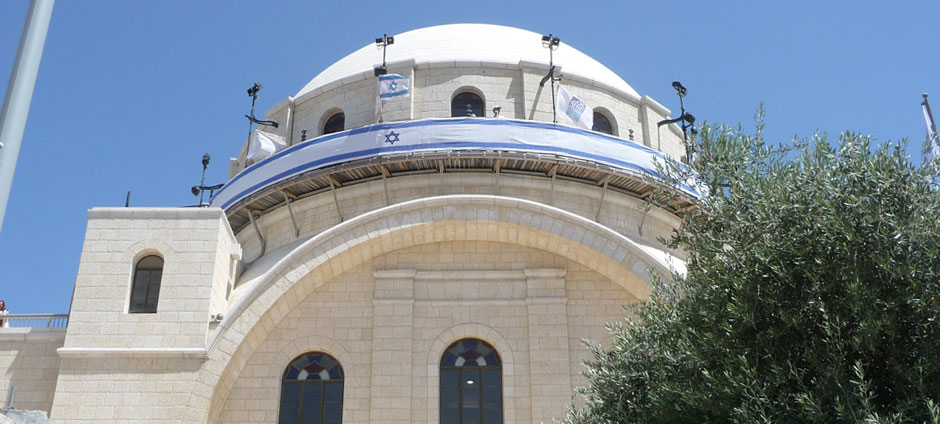
Construction on the Hurva Synagogue began under Rabbi Judah the Hassid in 1700 but ceased upon his death. The rabbi was a member of one of the first groups of Ashkenazi Jews to immigrate to Jerusalem, a few hundred from Poland. The failure of the Ashkenazi community to pay the debts incurred by the half-built synagogue led to the riots that resulted in their expulsion from Jerusalem in 1720. The synagogue itself was destroyed in 1721, and the resulting desolate ruins (hurva) gave the synagogue its present name.
The Hurva Synagogue was restarted under Ibrahim Pasha in 1836 and finally completed in 1856. Designed in a grand Neo-Byzantine style, it was one of the largest buildings in the Old City, however, after less than a century in operation, the synagogue was destroyed by the Jordanian Arab Legion during the war of 1948. Conservation and investigation of the ruins began in 1977. Since the Israeli recapture of Jerusalem in 1967, many plans have been made for its rebuilding. In 2005, the Israeli government announced a plan to rebuild the synagogue in exactly the same form as before. Construction took five years, and the restored Hurva Synagogue was dedicated on March 15, 2010.


